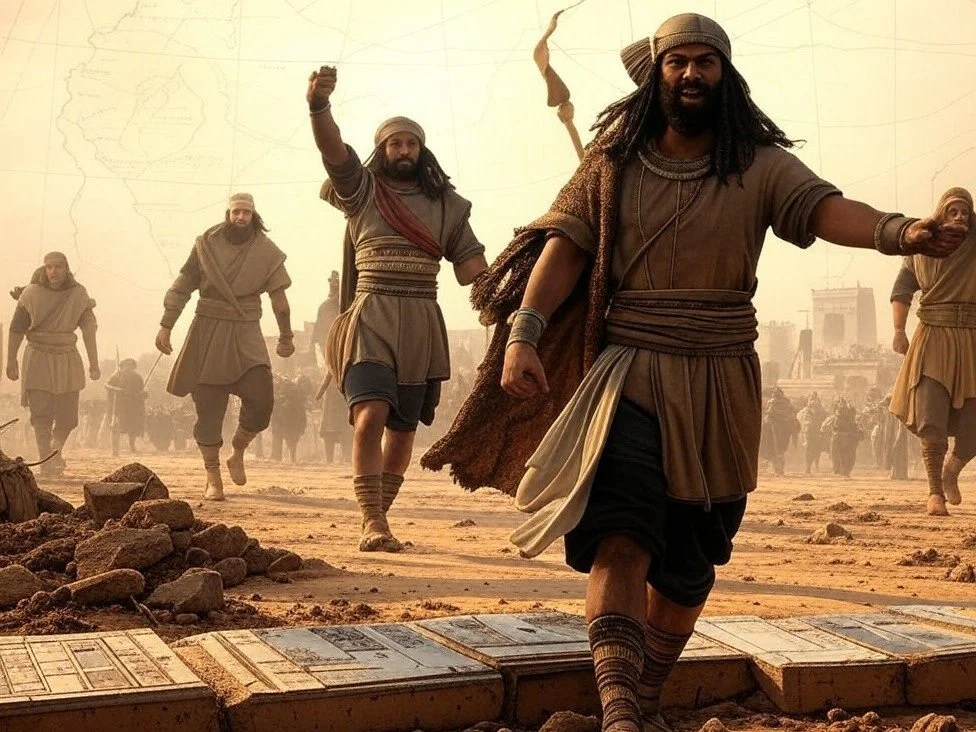Introduction
The Akkadian Empire, often regarded as the world’s first true empire, emerged in Mesopotamia around 2334 BCE under the leadership of Sargon of Akkad. It unified various Sumerian city-states and expanded its influence across the ancient Near East, creating a centralized government and fostering significant cultural and technological advancements. However, despite its achievements, the empire ultimately declined and fell by approximately 2154 BCE, leaving historians to analyze the factors that led to both its rise and collapse.
The Rise of the Akkadian Empire
Sargon of Akkad and Military Conquests
Sargon, originally a cupbearer to the king of Kish, seized power and established the city of Akkad as his capital.
His military campaigns led to the conquest of major Sumerian city-states such as Ur, Uruk, and Lagash, uniting them under a single rule.
The empire expanded northward into Anatolia, westward into the Levant, and eastward into Elam, establishing a vast territorial domain.
Political and Administrative Innovations
Sargon introduced a centralized bureaucracy, appointing loyal governors (ensi) to oversee provinces.
The Akkadian language became the official administrative language, replacing Sumerian in governmental and diplomatic records.
The empire implemented a standardized taxation and tribute system, ensuring economic stability.
Cultural and Technological Advancements
The Akkadians promoted the use of cuneiform writing, enhancing record-keeping and communication.
Monumental art and architecture flourished, with notable examples including the Victory Stele of Naram-Sin.
Trade networks expanded, facilitating the exchange of goods such as metals, timber, and textiles with distant regions.
The Fall of the Akkadian Empire
Environmental and Climatic Changes
Evidence suggests that a severe drought, lasting several decades, weakened agricultural production and led to widespread famine.
Studies of ancient sediment cores indicate significant shifts in climate that may have contributed to economic decline.
Internal Rebellions and Political Fragmentation
The vastness of the empire made centralized control difficult, leading to frequent uprisings by subjugated city-states.
Successors of Sargon, including Naram-Sin, faced increasing resistance from both internal factions and external enemies.
Invasions by the Gutians
The Gutians, a nomadic people from the Zagros Mountains, launched repeated incursions into Akkadian territory.
By 2154 BCE, the Gutians overran Akkad, contributing to the empire’s disintegration and ushering in a period of political instability in Mesopotamia.
Legacy of the Akkadian Empire
Despite its fall, the Akkadian Empire set a precedent for future Mesopotamian states, including the Babylonian and Assyrian empires.
The administrative and linguistic influence of Akkadian persisted for centuries, shaping the development of ancient Near Eastern governance and culture.
The concept of imperial rule, as pioneered by Sargon and his successors, influenced subsequent empires throughout history.
Conclusion
The Akkadian Empire stands as a landmark in human civilization, marking the transition from fragmented city-states to centralized imperial governance. Its rise, driven by military conquest, administrative reforms, and cultural advancements, laid the foundation for future empires. However, environmental challenges, political instability, and foreign invasions ultimately led to its decline. The Akkadian legacy endures, offering valuable insights into the complexities of early state formation and empire management.


























